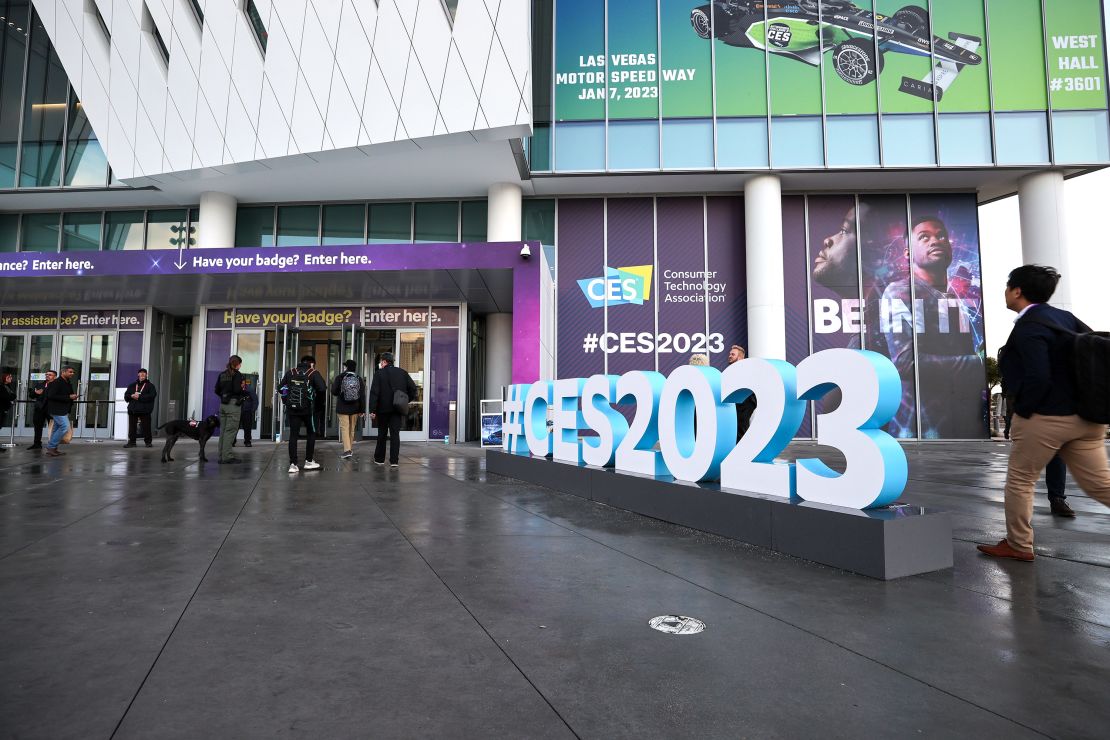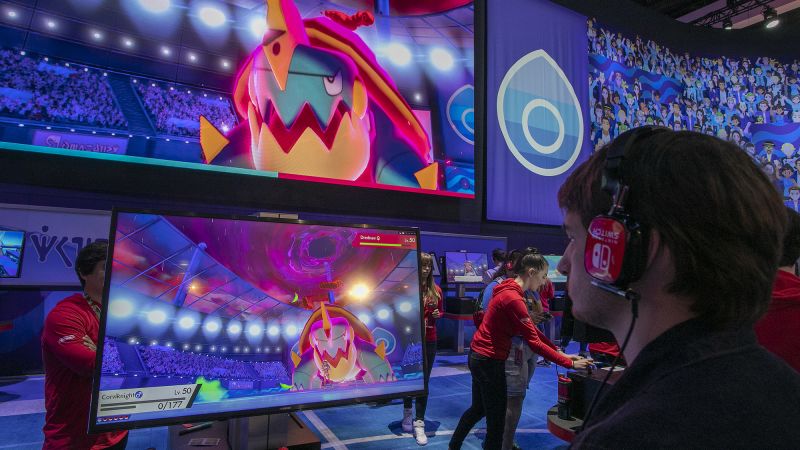The Electronic Entertainment Expo, known by video game enthusiasts as E3, is no more.
The live trade show for video game publishers and hardware developers was once the most anticipated event in gaming but would suffer from a lack of interest from both the public and industry members as well as safety concerns during the COVID-19 pandemic.
“After more than two decades of serving as a central showcase for the video game industry, ESA has decided to end E3,” the Electronic Software Association, which organized and presented E3 since its first event in 1995, said in a statement posted to X on Tuesday morning.
Though the convention allowed the general public to attend toward the end of its life, E3 was initially for publishers, developers and hardware manufacturers to showcase new products and technology to retailers, other industry members as well as the press.
E3 was held at the Los Angeles Convention Center from its inception until its final in-person event in 2019, with stints in Atlanta in 1997 and 1998 and a 2007 show held at the Santa Monica Airport’s Barker Hangar.
The 2020 event was canceled due to the COVID-19 pandemic, and 2021 went entirely online. E3 2022 was also canceled in part due to the pandemic but also because of the growing number of game publishers holding their own online showcases such as Sony’s “State of Play” event and Nintendo Direct.
A 2023 show was in the works but was officially canceled in March as larger presenters like Microsoft and Nintendo confirmed they would not have a presence at the event, further putting its future in doubt.
While the conference struggled to organize itself back to its former glory, other gaming events like the Video Game Awards, Summer Games Fest and Tribeca Games Spotlight were able to capture the attention of gamers. Even a diminished CES has seen presentations for virtual reality gaming like Sony in 2022.
Industry trade shows are largely not following E3’s path in a world that’s mostly moved on from the COVID-19 pandemic.
Attendance for some shows has rebounded after vaccines became more widely available and fears of disease subsided. Though CES saw challenges with attendance in 2022, it announced that its 2023 event drew more than 117,000 in-person attendees, or an increase of about 70%.
Popular shows within their industries like the mobile communications industry’s World Mobile Congress, the Chicago Auto Show and the National Retail Federation’s Big Show all drew increased attendance compared to the year prior according to data released by each organization.
Big names like Apple, Amazon and Chevrolet are still attending these shows, indicating that these companies still see value in attending.
“Most retailers see trade shows as worthwhile. They are a source of new ideas and enable retailers to network and to learn. A lot of things like product demonstrations ideally need to be done in person, and trade shows are an ideal place to do this,” said Neil Saunders, retail analyst and managing director at GlobalData Retail.
But the numbers for some events are mixed when compared to 2019, the last full year before the COVID pandemic.

CES’ 2023 event was still short of the over 180,000 that attended in 2019 and the WMC’s 88,500 attendees in 2023 fell well below its 2019 figure of over 109,000. Meanwhile, the Utility Expo, for utility professionals and construction contractors, drew record attendance in 2023.
“Following the disruption of Covid, there was enormous pent-up demand to get back to in-person networking and meet-ups,” Saunders said. “Everyone had Zoom fatigue and wanted to meet in the real world.”
Read the full article here




